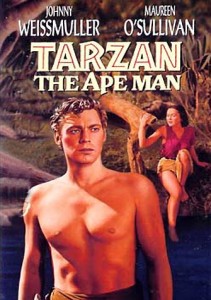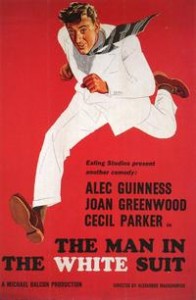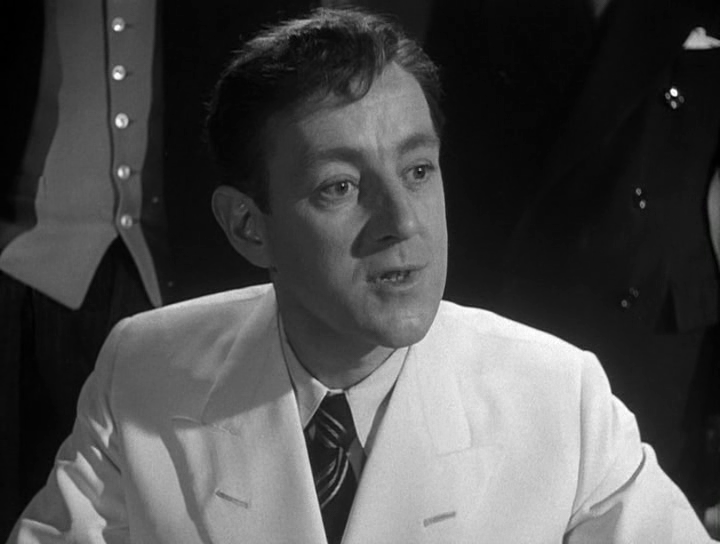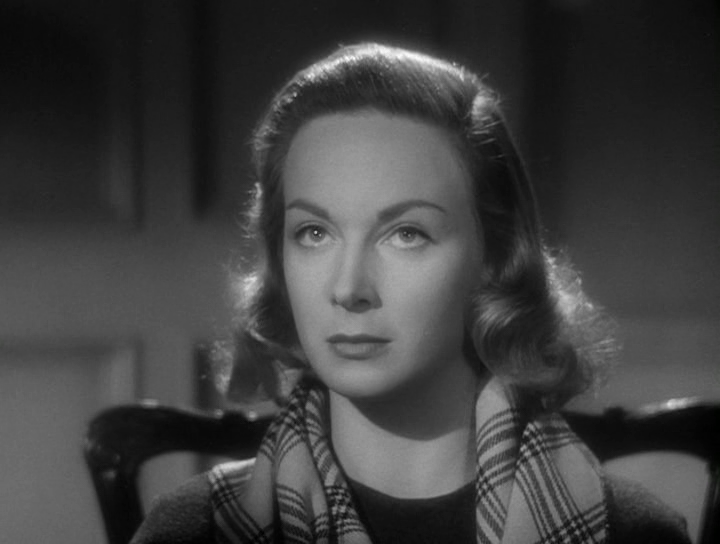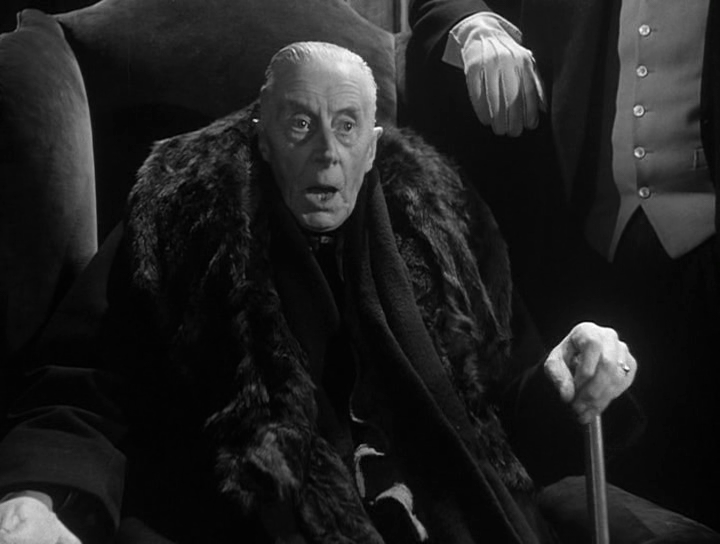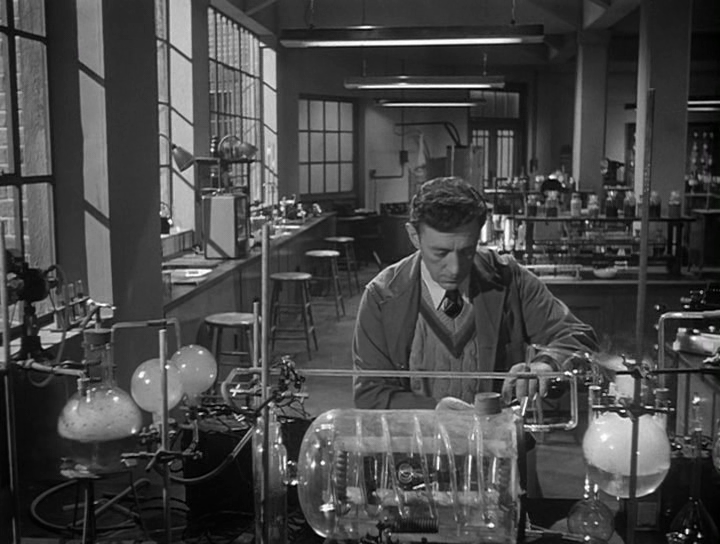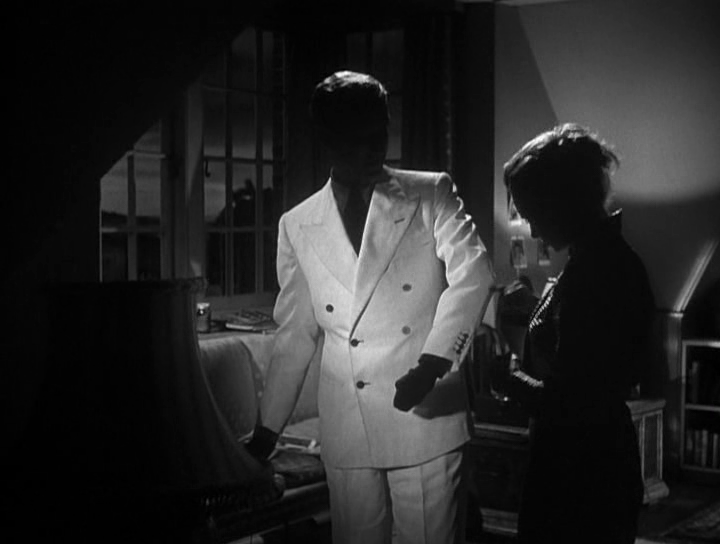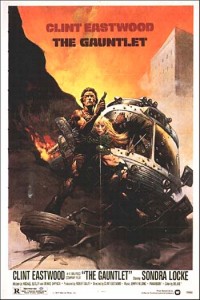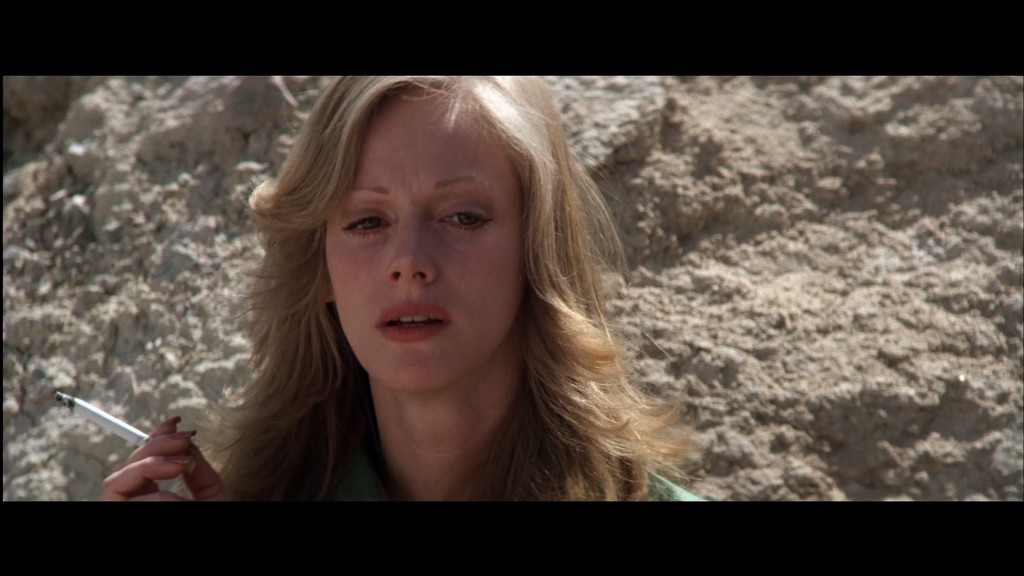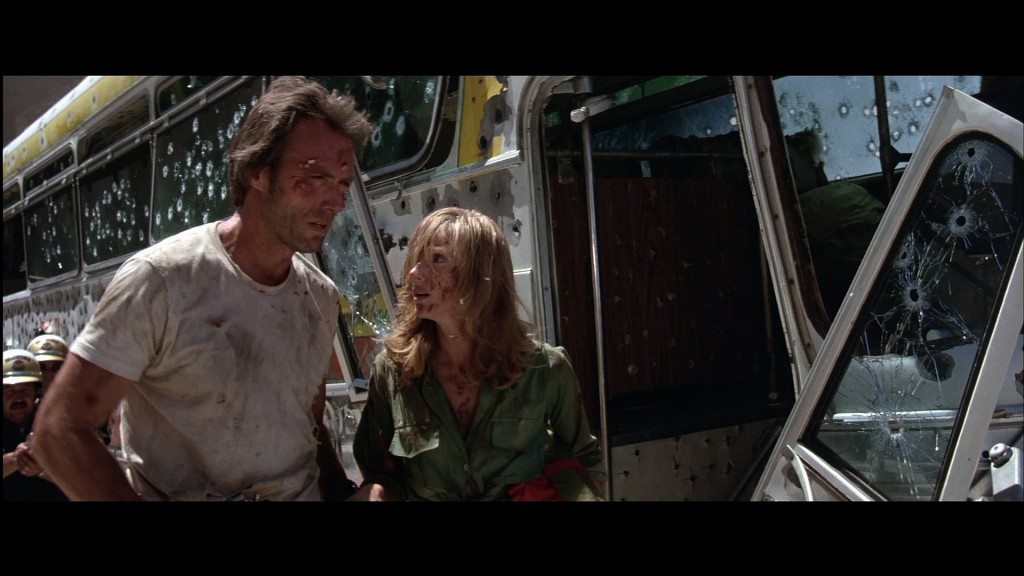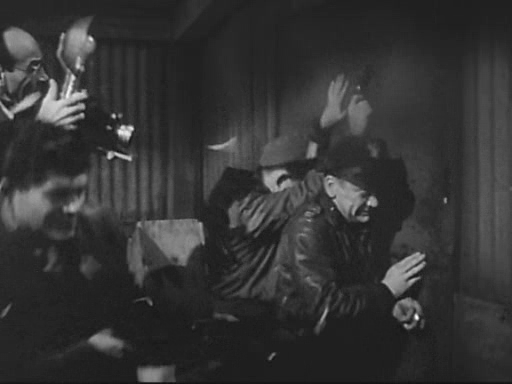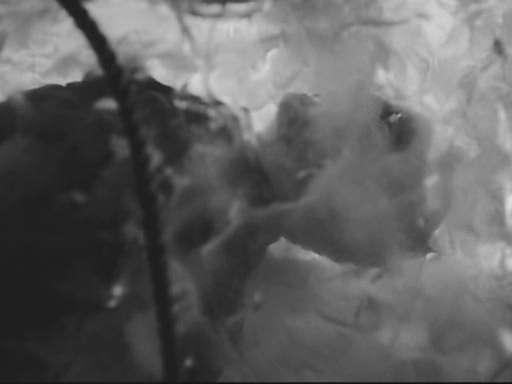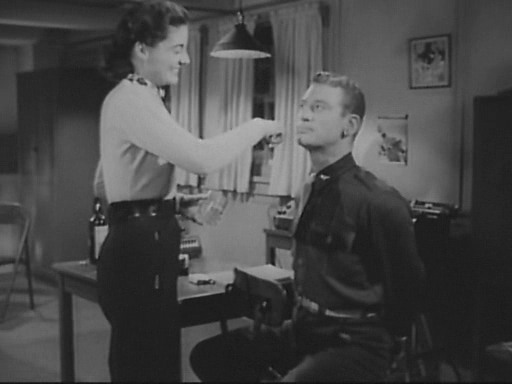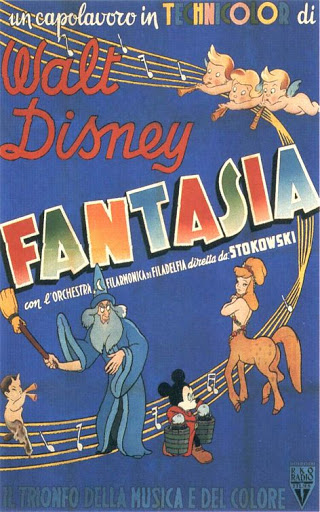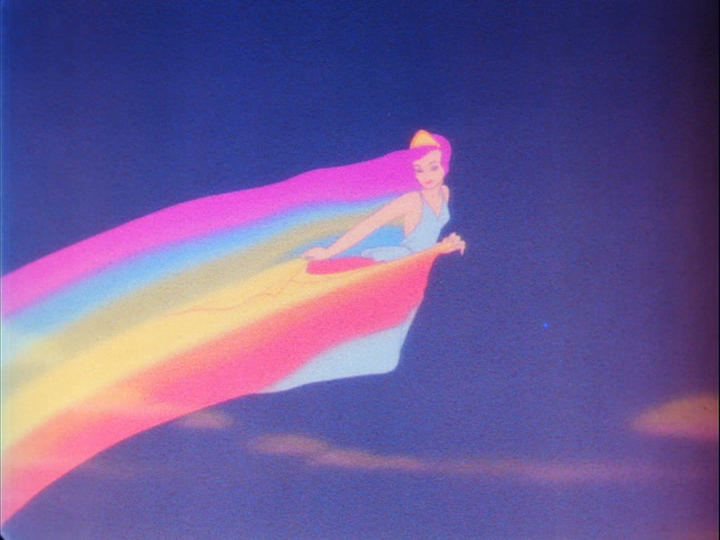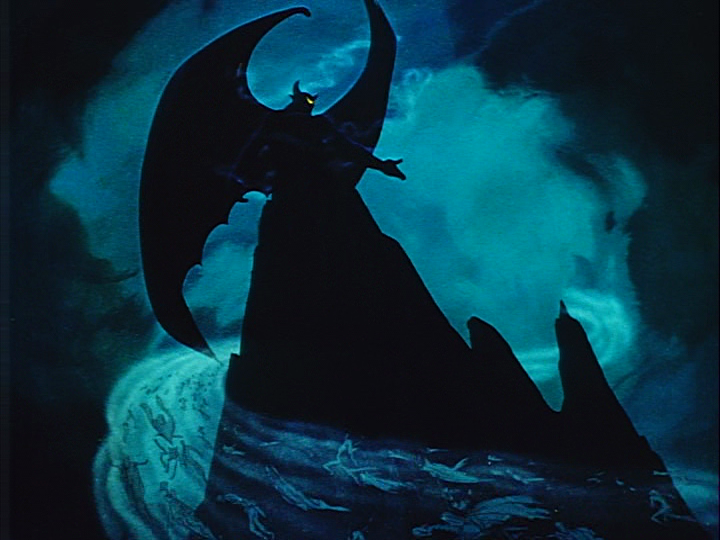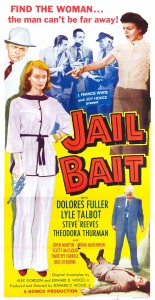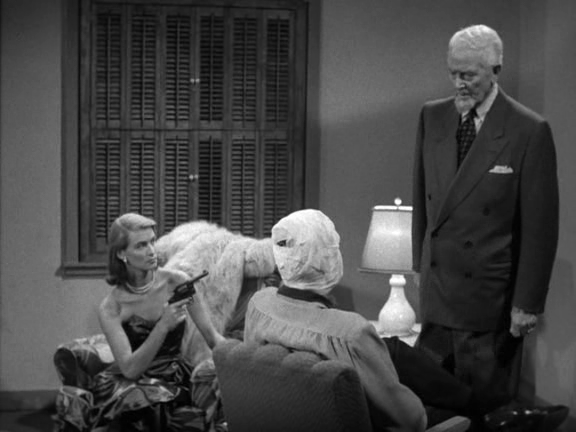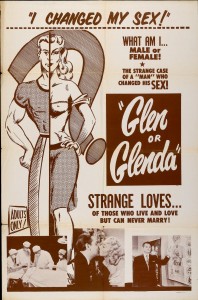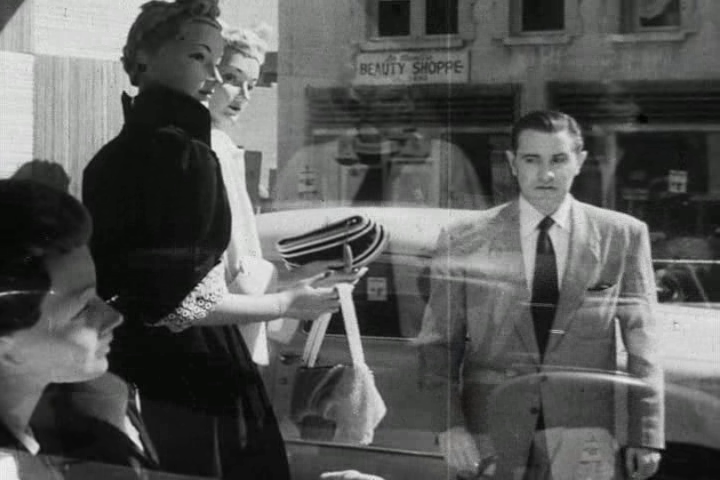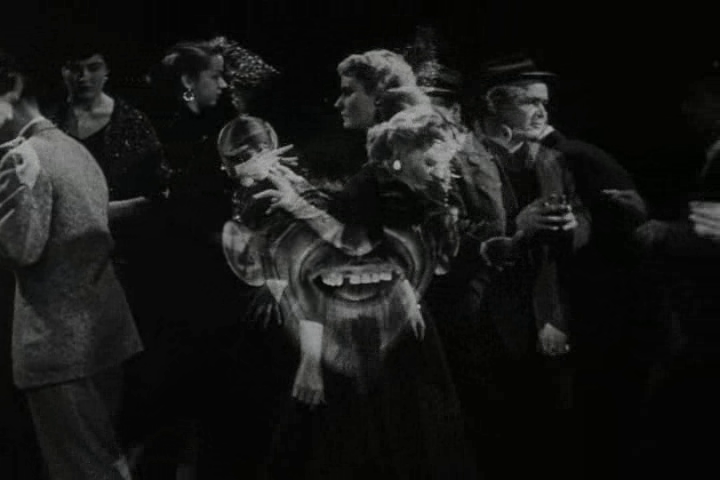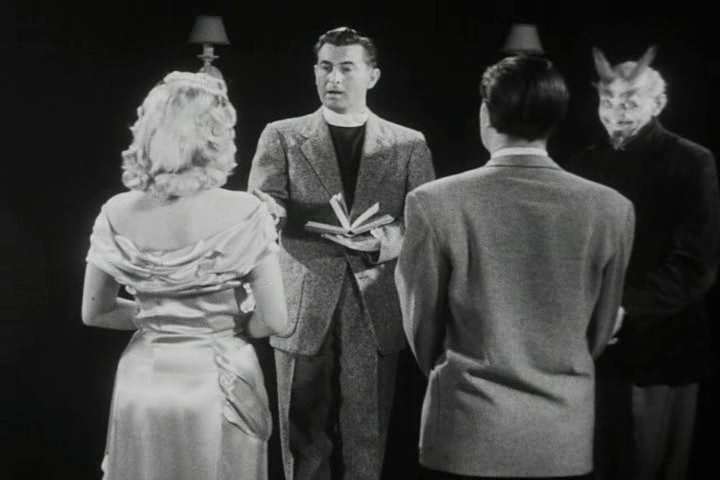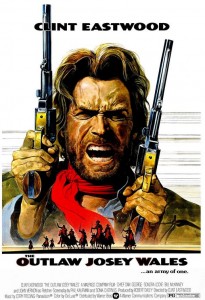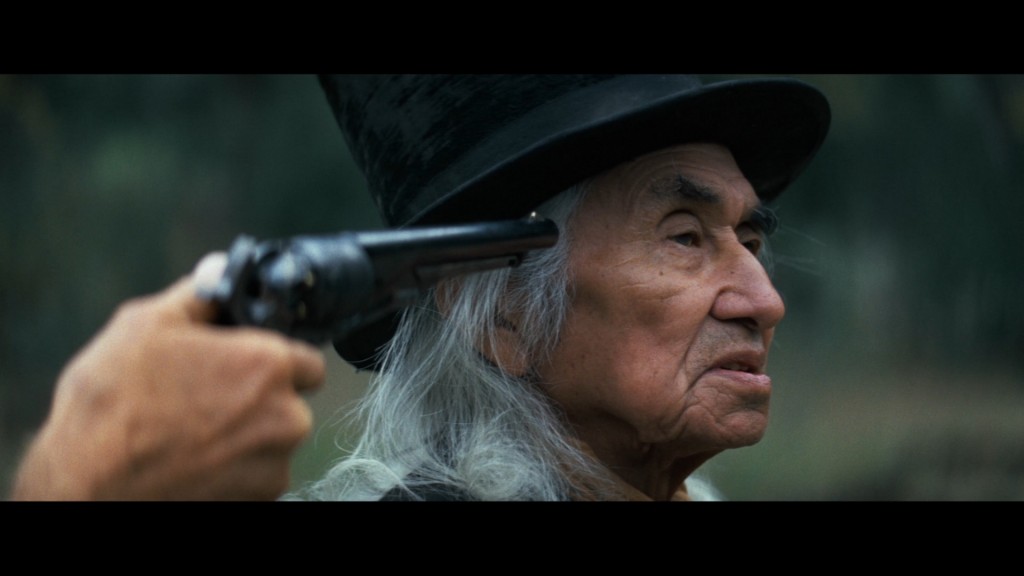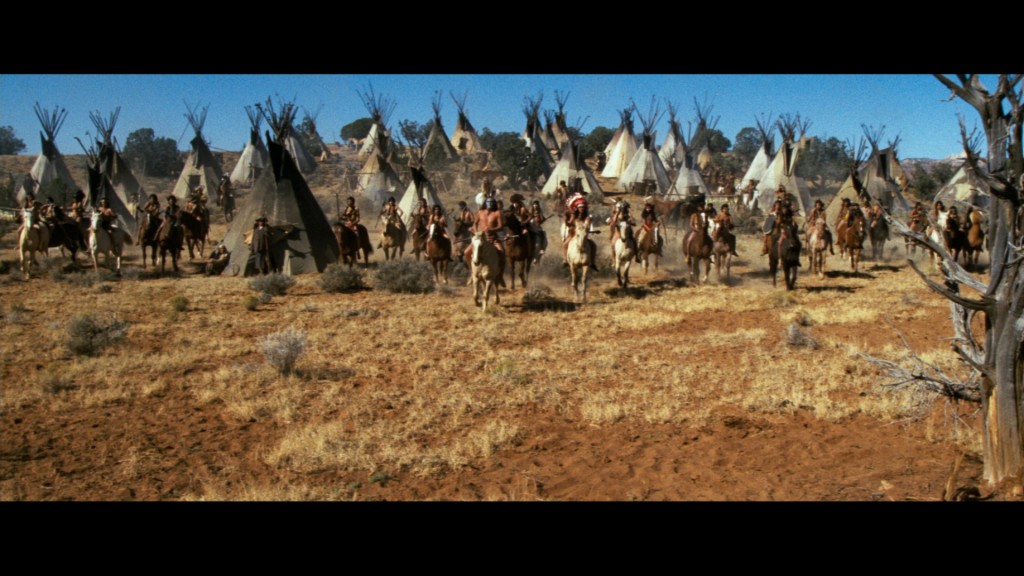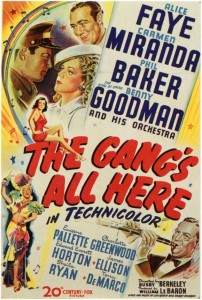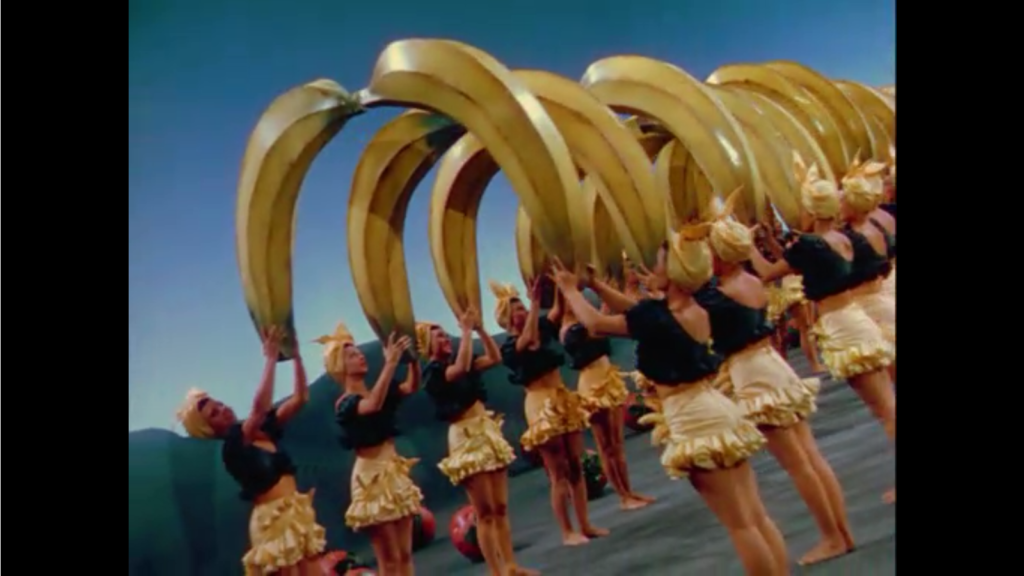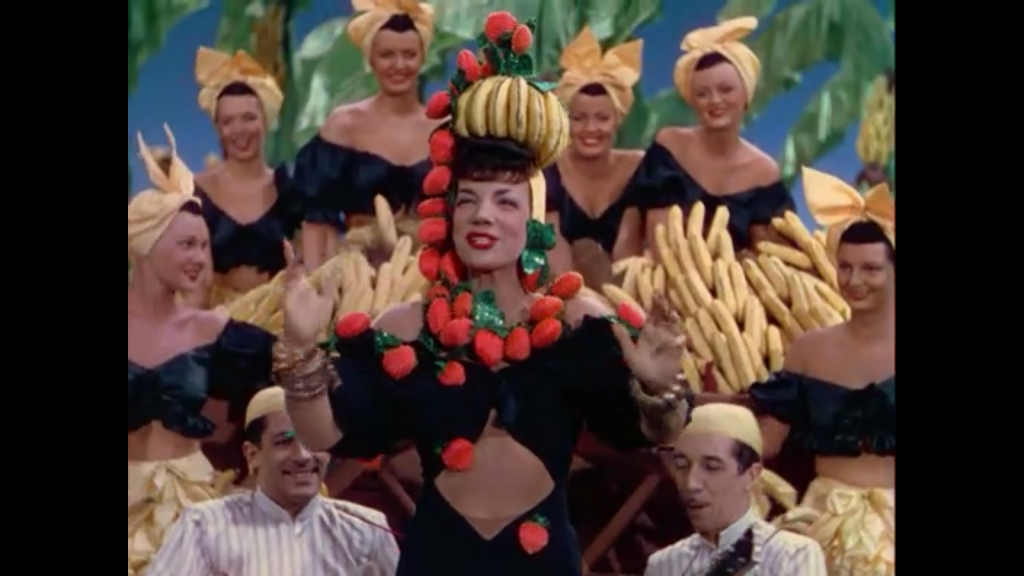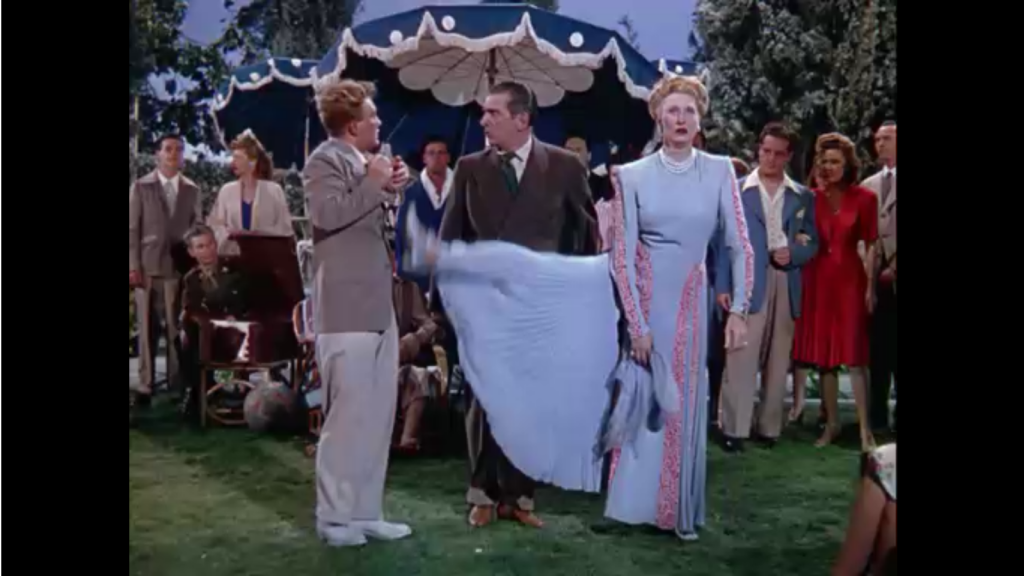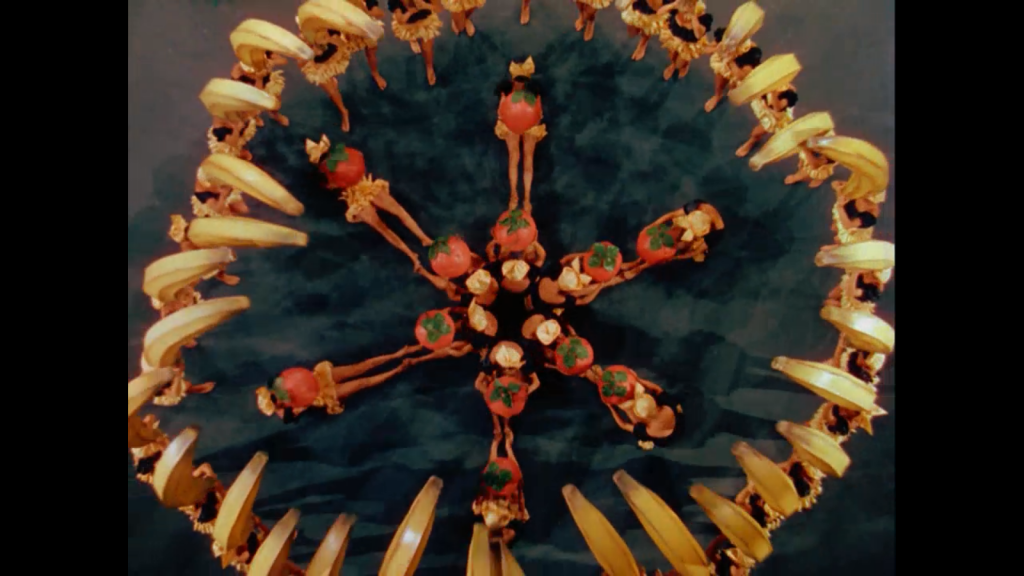|
Genres, Themes, Actors, and Directors:
- Alcoholism and Drug Addiction
- Billy Wilder Films
- Jane Wyman Films
- Ray Milland Films
- Writers
Response to Peary’s Review:
Peary begins his review of this ground-breaking film about alcoholism (the first to address the issue head-on) by asking, “Is there anybody who really enjoys movies about junkies or alcoholics trying to cure their addiction?” (I’ll wager the answer is “Yes”.) He admits that he “invariably feel[s] less excitement than obligation to watch this early social drama and multi-Oscar winner (for Best Picture, Actor, and Screenplay) whenever it turns up on television”, yet concedes that he’s “always surprised to find [him]self becoming engrossed” in the film, However, he argues that his “enjoyment is somewhat perverse”, given that he is “not so taken by those scenes in which the drunk Milland makes a fool of himself in public… or has hallucinations” as by “watching the sober Milland start squirming and sweating… thinking about a drink, planning how to get it, lying so he can be alone to pursue it, figuring out what to pawn for the money he’ll need…” He posits that “surely director Billy Wilder and his co-writer, Charles Brackett, are exhibiting ironic wit when they show how much a man will suffer in order to suffer even more.”
Since its release, of course (when NY Times critic Bosley Crowther referred to it as “shatteringly realistic and morbidly fascinating”), countless other films — too many to list here — have tackled the sticky topic of alcoholism and/or drug addiction, thus lessening the inherent shock value of The Lost Weekend for modern viewers. Yet on its own terms, the film remains a well-told tale of “a several-day [nightmarish] binge that almost costs [a man] his loyal girlfriend… and his life.” As Peary notes, the “dialogue is tough and cynical” (“She knows she’s clutching a razor blade, but she just won’t let go!”), and “Wilder makes strong use of New York streets and backgrounds” by blending “harsh expressionistic visuals indoors with washed-out shots of the city to convey mood changes in Milland”. With a running time of 101 minutes, the film thankfully never feels too long; from the tensely scripted and filmed opening sequence (in which Milland tries to distract his brother long enough to pack a hidden bottle of alcohol that’s dangling from a rope outside his window sill), to the justifiably lauded sequence in which Milland walks the streets of New York in desperate search of a pawn shop (only to find that they’re all closed on Yom Kippur), we’re genuinely curious to know what kind of trouble Milland will find himself in next, and how he’ll worm his way out.
Most problematic for me, however, is the fact that “Milland (who usually played nice guys) is mean right from the beginning”. While Wilder and Brackett should be commended for not “pull[ing] any punches” in their portrayal of a man who all but the most loyal of friends and family members would have given up on long ago, it’s slightly discomfiting to be rooting for someone so utterly unlikable. Milland’s Don Birnam comes across like a self-pitying whiner who needs a serious kick in the pants to get himself back in gear; even a strategically placed flashback sequence — in which we get to see Milland meeting cute with Wyman at an opera — doesn’t help us like him any better. Fortunately, Milland’s performance is “strong”, and he carries the film surprisingly well. As Peary notes in his Alternate Oscars (where he votes for Boris Karloff in Val Lewton’s The Body Snatcher instead as Best Actor of the Year), Milland’s performance was “the best by any of the [official] nominees and maybe the best of his decent career, [but] he doesn’t make you feel enough empathy for his sick, troubled character”. Indeed, while Milland should certainly be commended for daring to “play an unsympathetic character for a change”, I don’t think society in general understood enough about the disease-driven nature of alcoholism at the time for Milland to do justice to the role; as a result, Birnam ultimately comes across as a pathetic anti-hero rather than the pitiable addict he really is.
Redeeming Qualities and Moments:
- Ray Milland as Don Birnam
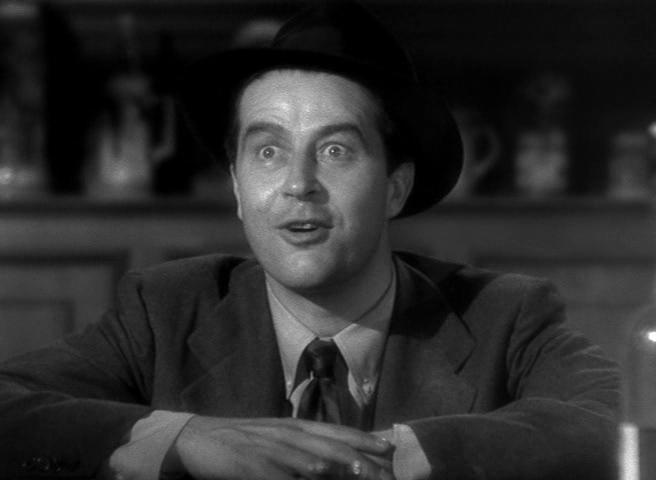
- Fine supporting performances
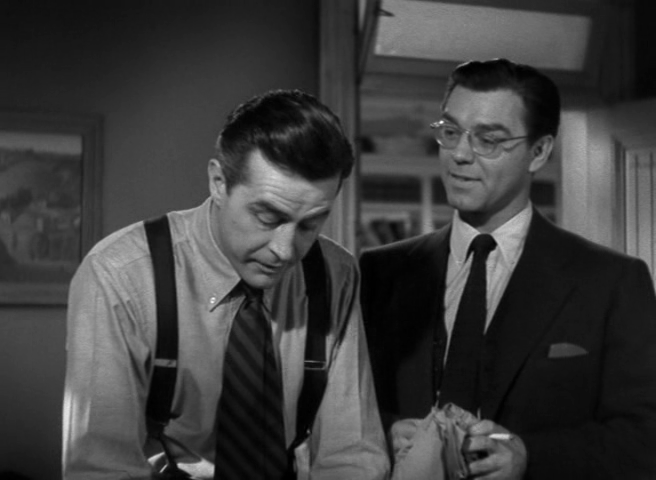
- John Seitz’s cinematography
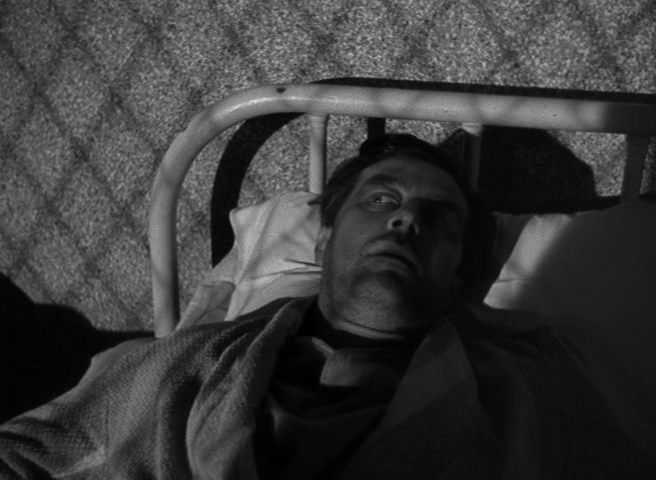
- Good use of authentic New York locations

- Charles Brackett’s screenplay
Must See?
Yes, for its historical relevance, and for Milland’s Oscar winning performance.
Categories
- Historically Relevant
- Important Director
- Oscar Winner or Nominee
(Listed in 1001 Movies You Must See Before You Die)
Links:
|
